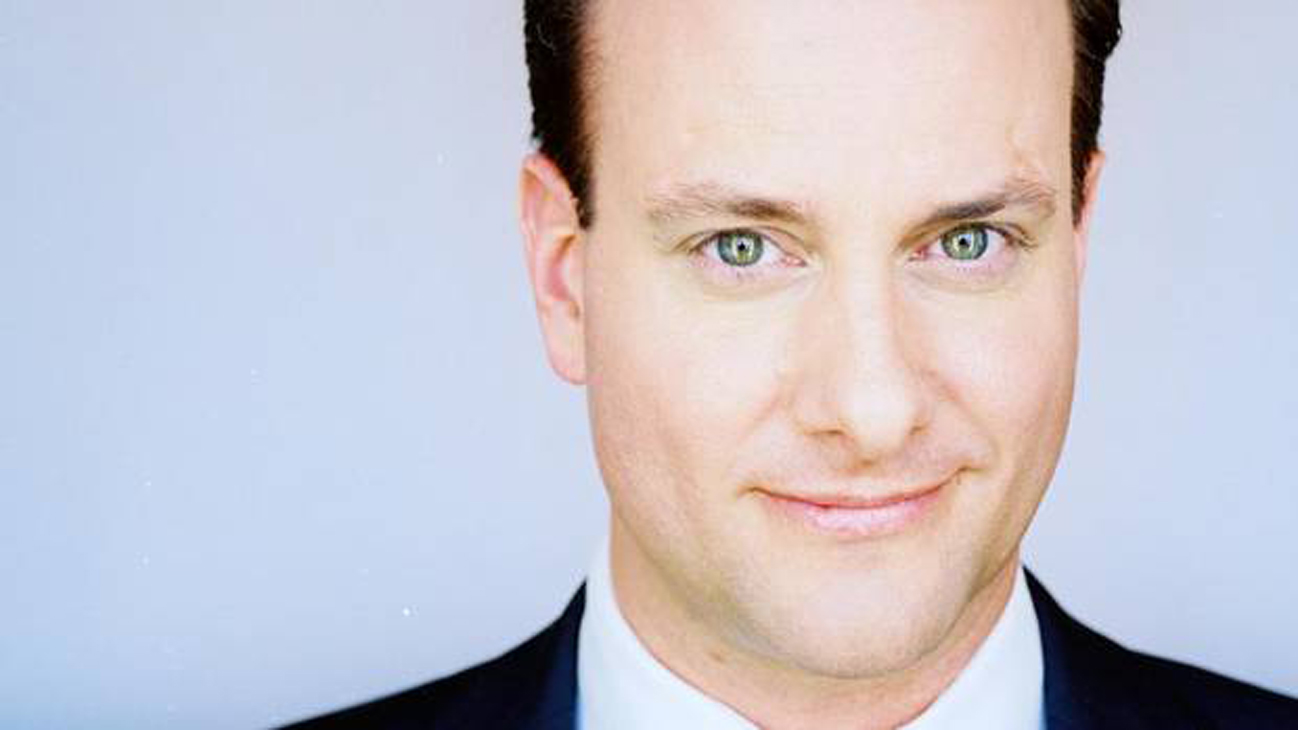With the 2014 Winter Olympics officially having come to a close yesterday,what can we learn from the incredible performances of the world’s top athletes? Dr. Greg Wells is a health and high performance expert who draws parallels between elite athletes and top executives to help business leaders perform at the highest level, even when under the most extreme circumstances. Below, Dr. Wells examines how we can gain some inspiration and learn from our best Olympians to help us in our day-to-day lives:
At the best of times, watching Olympic athletes fling themselves down mountains at high speeds on skis, snowboards or bobsleds can be awe-inspiring. How, we ask ourselves, do they do that?
But when the athletes also have injuries that make us wince just to think of them, well, that raises a slightly different question: How can they do that?!
When I watched Jan Hudec win a bronze medal in the alpine skiing super-G event I was blown away. Not only was his athletic performance amazing but what he had to overcome to even get to the Olympics was incredible. Seven knee surgeries and a herniated disk as recently as a couple of months ago. I’m amazed that he made it to the start line – never mind that he won a medal.
Many athletes have overcome tremendous challenges to get to the Games and in some cases onto the podium. Another Canadian, Mark McMorris, won a medal in snowboard slopestyle despite racing with a broken rib. Seventeen-year-old figure skater Michael Christian Martinez is the sole representative of the Philippines. In order to qualify, Michael had to overcome asthma and a series of injuries.
How can someone with a broken rib, separated shoulder or recent knee surgery compete or actually win a medal? I think this is a really important question for all of us. We all have goals, hopes and dreams that we want to accomplish. But the path to reaching our dreams is rarely easy or direct. If it was easy everyone would do it – right? And that’s what makes getting to your dreams and goals so sweet!
How can we gain some inspiration and learn from our best athletes to help us in our day-to-day lives? Here are a few things that Olympians do to overcome obstacles like injuries – consider them nuggets of gold for all of us.
First Nugget: Start small After injuries, Olympians have to get right back to the basics and build their health, fitness and performance from the ground up. You can do exactly the same thing. Go for a 15-minute walk. Do some simple exercises. Go take a yoga class. Just get active.
Second Nugget: Be consistent Olympians build their strength, flexibility, balance, and cardiovascular fitness over thousands of hours and many years of deliberate practice and training. So don’t worry about it if you get off track for a while. The key is to get back being active as soon as you can. When you start again you might get frustrated, but each time you get going your fitness will come back faster and faster.
Third Nugget: Build a routine Make exercise and physical activity part of your routine. Book it off in your calendar. Make it a priority. That way you won’t have to make a decision about whether or not to do it when you’re busy or if you get tired during your day. Olympians build daily routines to make sure that they can perform on demand. You can do exactly the same thing.
Remember: You only need to be 1 per cent better each day The difference between a medal and 10th place in many events is just a tiny fraction. And the difference between you getting more fit or not is also just a tiny fraction. I call it the aggregate of 1-per-cent gains. Like compound interest for your body and your brain, doing something small each day will leave you with more… more strength, more confidence and more possibilities.
Canada sent 221 athletes to Sochi. My bet is that most of them competed with some sort of pain. We can all win gold by remembering how they managed it. We can gain lots of inspiration from our athletes, but it’s important that we actually apply their skills and techniques in our own lives to reach our goals and dreams.
We may have some of the best athletes in the world, but we’re faced with an epidemic of physical inactivity here at home.
The best part about exercise is that you don’t need to do much to reap the rewards. As little as 15 minutes of exercise per day has been shown to decrease the risk of breast and colon cancer by up to 40 per cent. Similar statistics exist for almost every chronic disease we’re faced with.
You can live like an Olympian by overcoming your obstacles and exercising your way to better health, energy and performance at whatever you’re most passionate about in your life!

